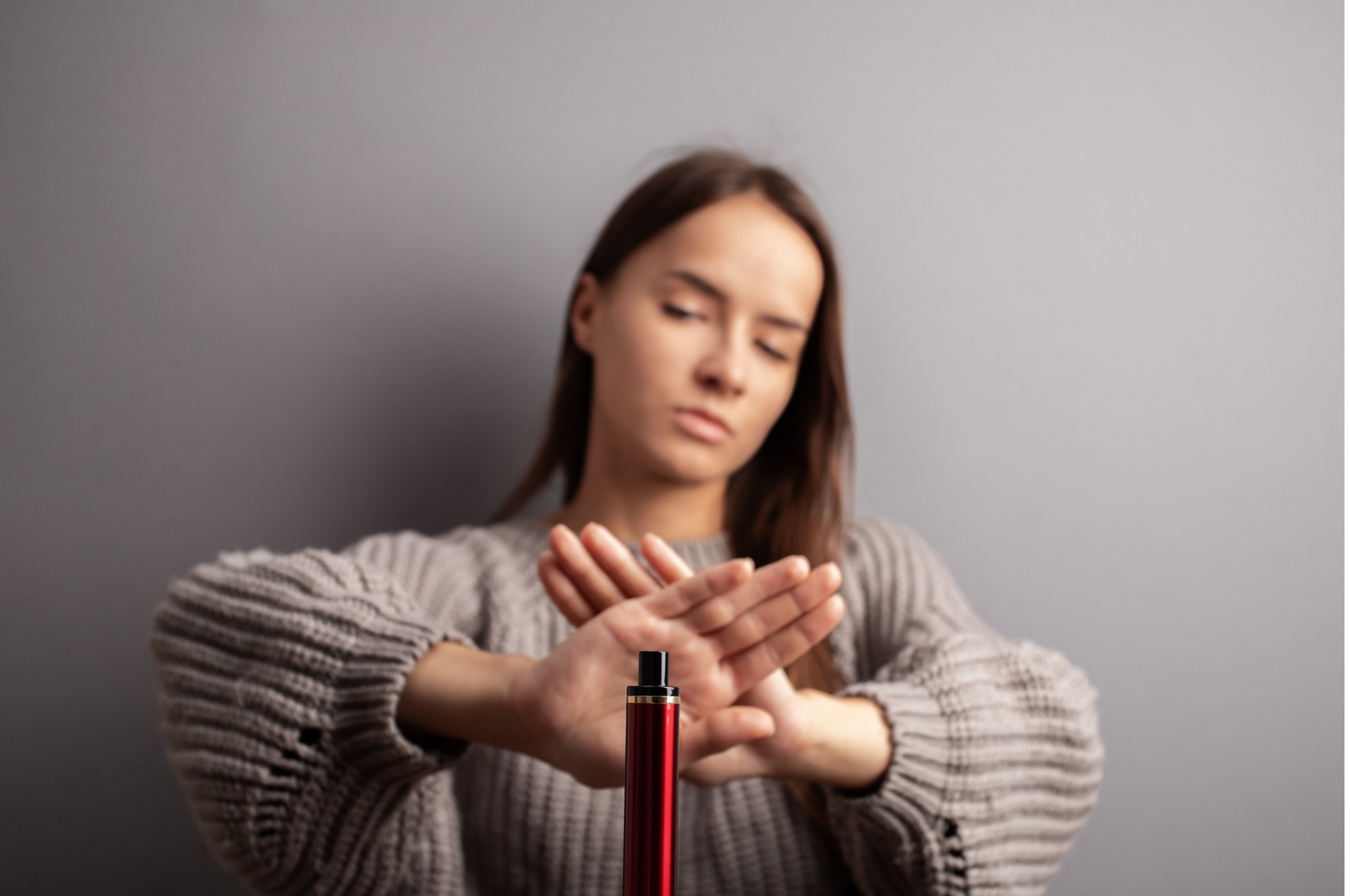
From sleek vape pens to discreet nicotine pouches, nicotine use has taken on new forms—and it’s raising new concerns, especially among parents. While cigarette smoking has declined among teens, popular vaping products are gaining traction, creating a new generation of nicotine users who may not even recognize the risks.
Daniel A. Cohen, MD, a board-certified pediatrician at Summit Health, has seen firsthand how addictive nicotine can be. “One of my patients, a 17-year-old student-athlete, ended up in crisis just two months after trying vaping for the first time,” he said. “Withdrawal can be intense and it’s shocking how quickly it can happen.”
There are many myths surrounding vaping and nicotine pouches. Dr. Cohen clears up some of the most common misconceptions—and offers guidance for parents navigating this topic.
1. Myth: Nicotine pouches are safe because they don’t contain tobacco.
Fact: While nicotine pouches are marketed as “tobacco-free,” that doesn’t make them safe. These pouches still contain concentrated nicotine, which is highly addictive. In fact, because they are discreet and easy to use, they can encourage frequent use and increase the risk of addiction.
“These are still nicotine delivery systems—just without the traditional tobacco leaf,” said Dr. Cohen. “That doesn’t make them harmless.”
2. Myth: A single nicotine pouch isn’t much different than smoking a cigarette.
Fact: The amount of nicotine in pouches can vary widely, but many have comparable—or even higher—absorption levels than cigarettes. While a cigarette may contain about 10-12mg of nicotine with 2mg absorbed into the body, a pouch can contain up to 9mg, with 30–50% absorbed. The difference lies in how the nicotine is delivered and how quickly it takes effect.
“Pouches deliver nicotine rapidly, much like vaping. This rapid absorption is a key driver of addiction,” Dr. Cohen explained.
3. Myth: Vaping is safer than smoking cigarettes.
Fact: “Safer” doesn’t mean safe. Vaping eliminates some of the harmful byproducts of burning tobacco but introduces its own set of risks—including lung injury, inflammation and toxic exposure. Conditions like EVALI (e-cigarette or vaping-associated lung injury) and lipoid pneumonia have been linked to vaping products.
“We’re still learning about the long-term effects,” says Dr. Cohen. “But we already know vaping can damage lung tissue, raise blood pressure and deliver huge doses of nicotine. One disposable vape can contain the nicotine equivalent of up to 590 cigarettes.”
4. Myth: Vaping and nicotine pouches aren’t that addictive.
Fact: Nicotine is one of the most addictive substances on the planet—ranking just behind heroin and cocaine. Rapid-delivery methods like vaping and pouches make it even harder to quit. And because these products are easy to conceal and socially normalized, usage often becomes habitual before teens even realize it.
“Teenagers often say, ‘I won’t get addicted.’ But no one sets out to become an addict,” says Dr. Cohen. “Nicotine alters brain chemistry and rewires the brain’s reward system—especially in adolescents.”
5. Myth: It’s easy to tell if your child is vaping or using nicotine pouches.
Fact: These products are designed to be discreet—odorless, smokeless and easy to hide. Teens may share devices with friends or stash pouches in clothing, bags, or even common household items.
“It’s shockingly easy for these to go unnoticed,” says Dr. Cohen. “Parents should watch for behavior changes, irritability, unexplained weight loss, or signs of withdrawal like shaking, vomiting, or intense mood swings.”
Websites like Power to the Parent can help parents spot common hiding spots and subtle warning signs.
What Parents Can Do
If you find your child is using nicotine products, avoid judgment. Approach the situation with empathy and curiosity.
“Nicotine often serves a purpose—it can calm anxiety, help with attention, or relieve stress,” Dr. Cohen explains. “But there are healthier, safer ways to feel better. If your teen is using, use it as a door to walk through, not a window to slam shut.”
Talk with your pediatrician or school counselor. Professional support is key for helping teens navigate nicotine withdrawal and learn new coping strategies. Resources like NYSmokefree.com offer free guidance, tools and treatment options.
Teen nicotine use is evolving—and so should our understanding of it. Vaping and nicotine pouches are not harmless alternatives to cigarettes. They are addictive, fast-acting and deeply ingrained in teen culture.
Understanding the myths and facts can help you better support your child—and start conversations that lead to real help and healing.
Our team at Summit Health offers behavioral health and pediatric care for families navigating nicotine addiction and mental health concerns. If you’re concerned about your child, reach out. You’re not alone.
